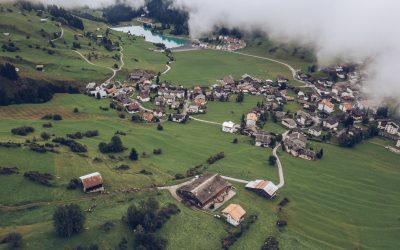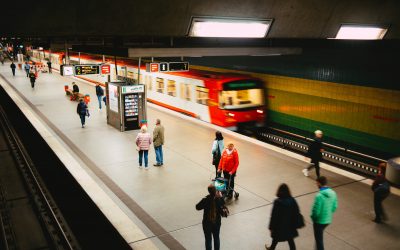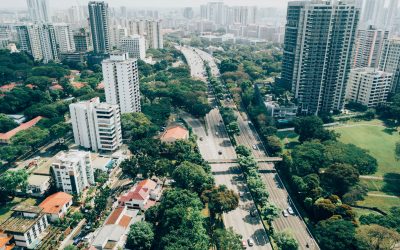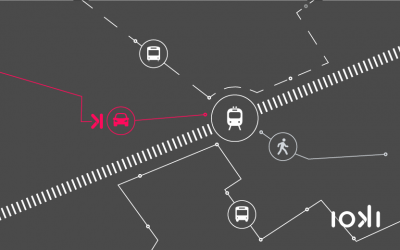Modern mobility in rural areas
Almost 16 million people live in rural regions throughout Germany. For them it is often a difficult task to get from A to B by public transport. After all, rural regions are at the back of the queue when it comes to expanding public transport. But why is the accessibility of these regions so poor and public transport hardly an alternative? How can it be guaranteed that people living in rural areas can also be mobile in a climate-friendly and cost-effective way?
Perspectives from Tijen Onaran
Tijen Onaran is the founder of the company Global Digital Women. Here, she is committed to the networking and visibility of women in the digital industry. In addition, Tijen advises companies on diversity issues, publishes articles in well-known media outlets such as Manager Magazine and moderates various events on topics of current interest to her.
Mobility between effectiveness and efficiency
Don’t worry, in this article we will not refresh the basics of business studies again. Rather, we would like to examine the extent to which the theory, which may already be somewhat dusty but is still valid and authoritative, can be combined with our daily practice, the transformation of public transport.
With digital solutions towards profitable public transport
Mobility is often still a resource-intensive undertaking – in every respect: Too many cars on the road cause a high level of environmental pollution, loosely set timetables mean an immense loss of time and excessively large containers and empty runs – especially in rural areas and at off-peak times – take their financial toll.
Corona crisis: A gamechanger during climate change?
Better air, blue skies and significantly fewer vehicles on the roads: The Corona crisis has given our planet a little well-earned rest. This is because of the positive effects in terms of lower CO2 emissions during the pandemic. A recent study shows that the restrictions on public life have also reduced global emission numbers drastically.
Perspectives from Joachim Rodenkirch, Mayor of the city of Wittlich
/ [rt_reading_time...
Perspectives from Dr. Olga Nevska, Managing Director Telekom MobilitySolutions
Dr. Olga Nevska is Managing Director at Telekom MobilitySolutions. As a full-service provider and wholly-owned subsidiary of Telekom, Telekom MobilitySolutions provides a comprehensive range of efficient, economical and sustainable mobility services tailored to customer needs. The portfolio ranges from classic fleet solutions with vehicles tailored to customer needs, including expansions, to employee mobility solutions.
With a doctorate in economics and law, she has been working for Deutsche Telekom AG in various positions since 2009: Controlling and Commercial both in Germany and internationally.
Mobility Analytics: Planning urban and regional infrastructure
Beyond the horizon: mobility is more than just moving from A to B. It is the product of the infrastructure surrounding it, which limits or enables it.
What are our neighbours up to? – New Mobility in Europe
Not only in Germany is the mobility of the future a central topic which is constantly gaining knowledge and alternative solutions. Looking over to our neighbours such as Sweden or the Netherlands shows that new mobility concepts are developing and establishing themselves in different ways in Europe.
Mobility Analytics: Planning new mobility offers
Time for New Mobility: What would the best measures be worth without concrete implementation? Not much, exactly! And that’s why a mobility analysis is not only about evaluating the current situation and developing a catalogue of measures, but also and above all, in a very practical way, about planning the new mobility offers in line with the existing system.
Mobility Analytics: developing intelligent solutions for public transport systems
From theory to practice: Last week we already looked at the added value that a first stocktaking of the current offer can provide in the form of an analysis of the public transport system. In the following, we combine these findings with concrete solutions.
Mobility is a matter of mind #stayconnected
We are always on the run: After work to our favorite place in the city, in the middle of the week to a business appointment once across the republic, on the weekend a short trip to a European metropolis and in the Easter holidays family vacation in the mountains…












